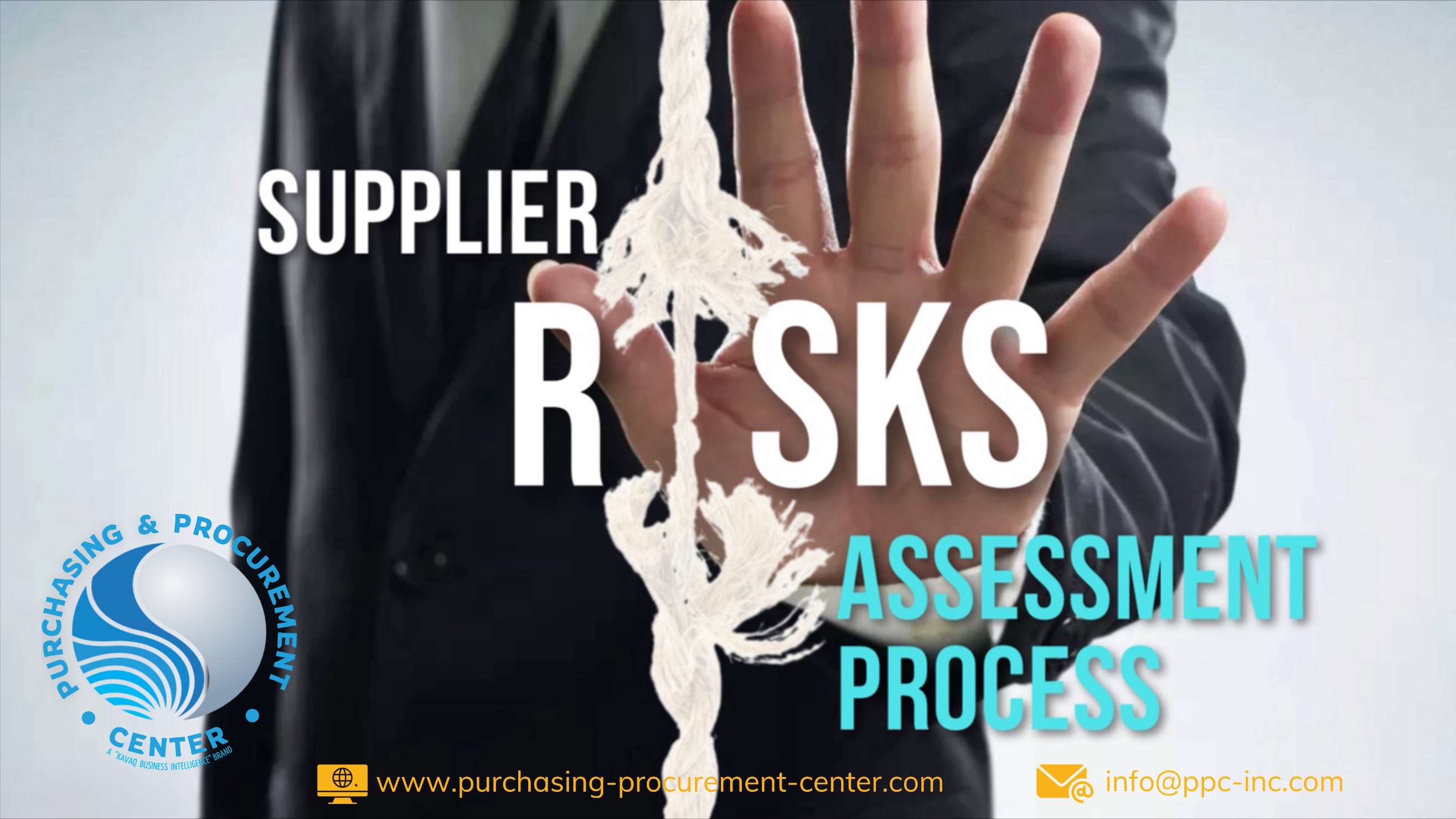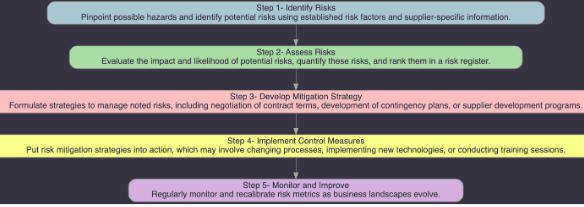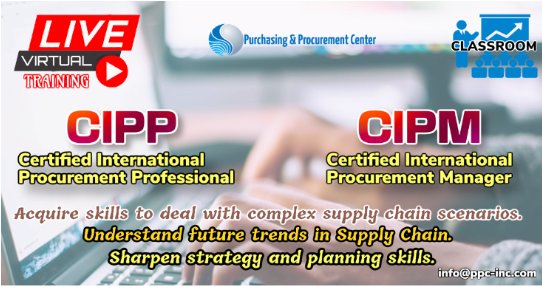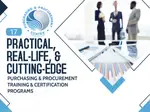Supplier Risk Assessment Process:
Detailed Step-by-Step Breakdown

Supplier Risk Assessment Process Summary:
1. 4 Reasons Why Supplier Risk Assessment is Important
2. Steps to Prepare for a Supplier Risk Assessment
3. Supplier Risk Assessment Process in 5 Steps
4. Best Practices in Supplier Risk Assessment
5. Case Study: Successful Application of Supplier Risk Assessment Process at Lonza

The Supplier Risk Assessment Process provides a systematic approach to identify, assess, and manage supplier risks.
Whenever you establish a relationship with a supplier, your company is taking on risk— risk that could extend across multiple dimensions, be it financial, operational, reputational, or regulatory.
The ultimate goal is to mitigate any potential negative impacts on the company's operational efficiency, financial performance, or brand reputation due to supplier-related issues.
Let's dive deep into what this process entails, its fundamentals, and how you can effectively implement it to safeguard your procurement operations.
You Might Like This: Supplier Risk Management Training!
4 Reasons Why Supplier Risk Assessment is Important
Here’s what makes supplier risk assessment crucial for you:
Reason #1- Risk Mitigation
Identifying and addressing supplier risks proactively prevents supply chain disruptions and ensures business continuity. A single failure in the complex procurement networks of today can have a cascading effect on your operations.
Reason #2- Cost Reduction
Effective risk assessment reduces unexpected costs related to supplier failures. When supplier risks are not properly managed, firms may face costly repercussions such as production downtime and compromised quality.
Reason #3- Regulatory Compliance
Compliance with regulations and industry standards is crucial for sustainable supplier relationships. Failure to adhere to these regulations can lead to legal penalties, fines, or even the cessation of business operations.
Reason #4- Reputation Protection
Supplier risks can impact your organization’s reputation. Your company’s reputation is one of its most valuable assets, and in today's digital age, news of supplier mismanagement can spread rapidly, causing long-term damage. A robust assessment process safeguards against negative publicity.
Read More: Vendor Risk Management Best Practices: 5 Strategies to Enhance Supplier Risk Management
Steps to Prepare for a Supplier Risk Assessment
Before jumping into the assessment, preparation is key. You can prepare for supplier risk assessment by:
- Start by identifying and categorizing your suppliers based on factors such as spend, region, or criticality to operations. The higher the impact on your business, the higher the priority the supplier should be.
- Next, establish risk factors relevant to your firm and industry-practice standards. These may include factors like supplier financial stability, quality assurance capabilities, geopolitical risks, and more.
- Lastly, engage key stakeholders from procurement, operations, legal and financial teams to contribute their expertise and ensure all aspects of risk are considered.
Supplier Risk Assessment Process in 5 Steps
Here’s the structured supplier risk assessment process in 5 simple steps:
Step 1- Identify Risks
This initial stage involves pinpointing possible hazards that might occur during the supplier's engagement. Use the established risk factors and supplier-specific information to identify potential risks.
Step 2- Assess Risks
Once the potential risks have been identified, evaluate their impact and likelihood. Standard risk matrices or relevant risk data can help to quantify these risks and rank them in a risk register.
Step 3- Develop Mitigation Strategy
In this critical phase, formulate strategies to manage noted risks. These strategies may vary from the negotiation of contract terms to the development of contingency plans or supplier development programs.
Step 4- Implement Control Measures
Here, the risk mitigation strategies are put into action. This can involve changing existing processes, implementing new technologies, or conducting training sessions.
Step 5- Monitor and Improve
The risk assessment process is cyclical, requiring regular monitoring and recalibration of risk metrics as business landscapes evolve.
Best Practices in Supplier Risk Assessment
To optimize your supplier risk assessment, consider:
- Prioritizing supplier engagement as effective communication with your suppliers about your risk management processes can foster stronger partnerships.
- Leveraging technology for risk assessment can streamline the process, making it more efficient and accurate.
- Conducting continuous monitoring and communication with your suppliers ensures that you're always a step ahead in mitigating potential risks.
Case Study: Successful Application of Supplier Risk Assessment Process at Lonza
Lonza, a leading supplier to the pharma, biotech, and specialty ingredients markets, successfully implemented a comprehensive supplier risk management process.
This approach aimed to promote responsible procurement by establishing a thorough risk management framework, engaging in active membership with the Pharmaceutical Supply Chain Initiative (PSCI) for audits and sustainable supply chain management, and implementing a detailed Supplier Code of Conduct.
Through these actions, Lonza enhanced its supply chain sustainability and ethics, demonstrating a commitment to responsible procurement practices.
For More Details Read: Case study: How Lonza promotes responsible procurement
Remember: Supplier Risk Assessment is Not One-Off
It is vital to note that the supplier risk assessment process is not a one-time event– it's an ongoing process crucial for procurement supply chain resilience.
By implementing a well-defined SRA process, you can gain a clear understanding of potential supplier risks, enabling them to develop effective mitigation strategies.
This proactive approach will credit you for building a reliable and sustainable supply chain, ultimately contributing to your organization’s overall success.
Get Certified

Interested in acquiring certified supplier risk assessment knowledge to solidify your organizational value? Check out our comprehensive CIPP and CIPM certification programs to acquire valuable procurement knowledge and build your credibility in Supplier Risk Assessment.
If you have a team of 10 or more, you may also check out this Supplier Risk Management Training to solidify your team’s resilience in times of uncertainty!
Get Back From Supplier Risk Assessment Process to Supplier Risk Management



